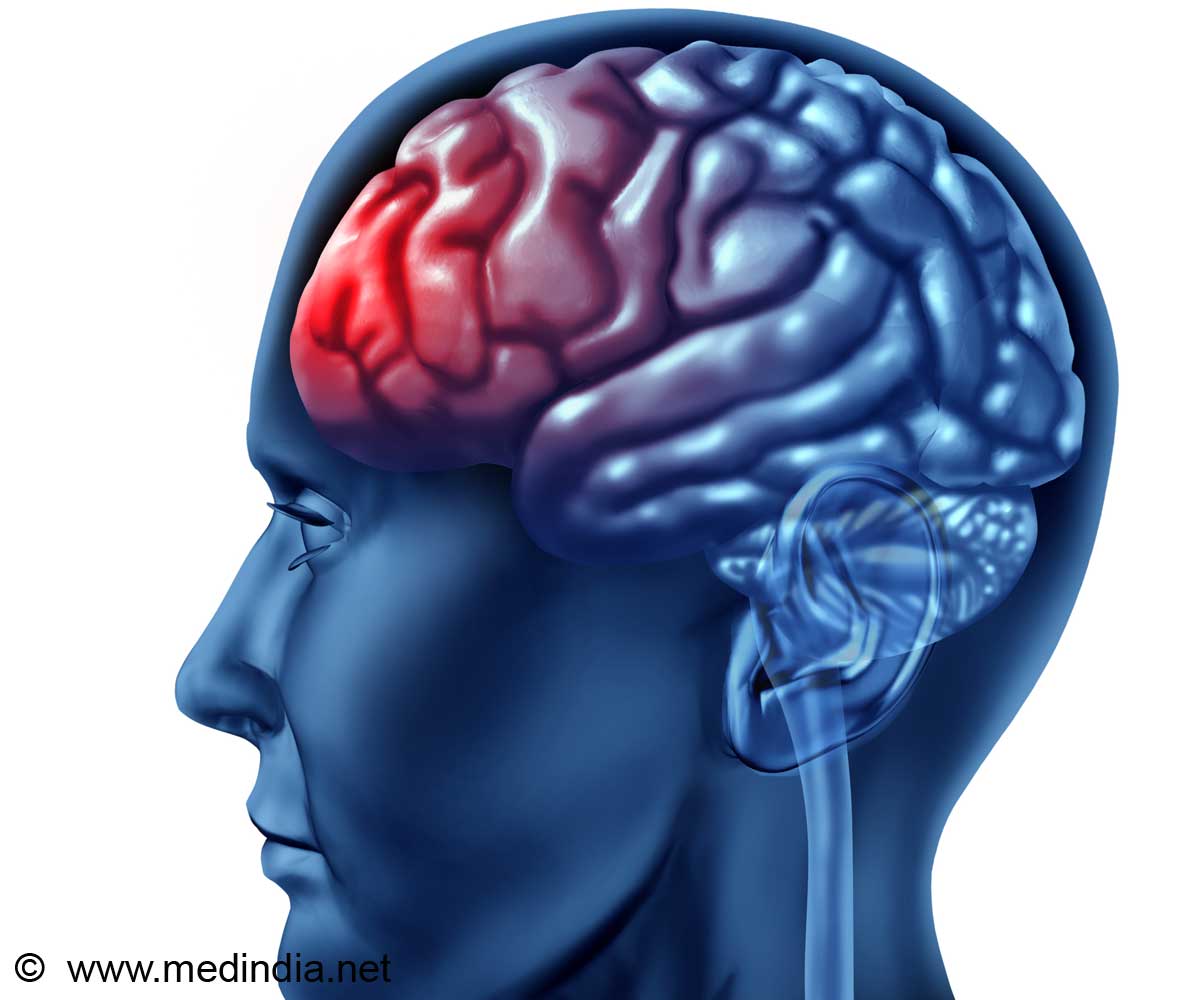
Zador and colleagues instead propose to exploit high-throughput DNA sequencing to probe the connectivity of neural circuits at the resolution of single neurons.
"Our method renders the connectivity problem in a format in which the data are readable by currently available high-throughput genome sequencing machines," says Zador. "We propose to do this via a process we're now developing, called BOINC: the barcoding of individual neuronal connections."
The proposal comes at a time when a number of scientific teams in the U.S. are progressing in their efforts to map connections in the mammalian brain. These efforts use injections of tracer dyes or viruses to map neuronal connectivity at a "mesoscopic" scale—a mid-range resolution that makes it possible to follow neural fibers between brain regions. Other groups are scaling up approaches based on electron microscopy.
However, Zador's team wants to trace connectivity "beyond the mesoscopic," at the level of synaptic contacts between pairs of individual neurons. The BOINC barcoding technique, now undergoing proof-of-concept testing, will be able, says Zador, "to provide immediate insight into the computations that a circuit performs." In practice, he adds, most neural computations are not currently understood at this level of precision, partly because detailed circuit information is not available for mammals. The BOINC method promises to be much faster and cheaper than approaches based on electron microscopy.
The BOINC method consists of three steps. First, each neuron is labeled with a specific DNA barcode. A barcode consisting of just 20 random DNA "letters" can uniquely label a trillion neurons—many more than exist in the mouse brain.
Advertisement
"To share barcodes across synapses, the virus must be engineered to carry the barcode within its own genetic sequence," says Zador. "After the virus spreads across synapses, each neuron effectively ends up as a bag of barcodes, comprising its own code and those from synaptically coupled partners."
Advertisement
Taken together, says Zador, if BOINC succeeds in its current proof-of-concept tests, it will offer a dramatically inexpensive and rapid means of assembling a connectome, even of the complex brains of mammals.
Source-Eurekalert












